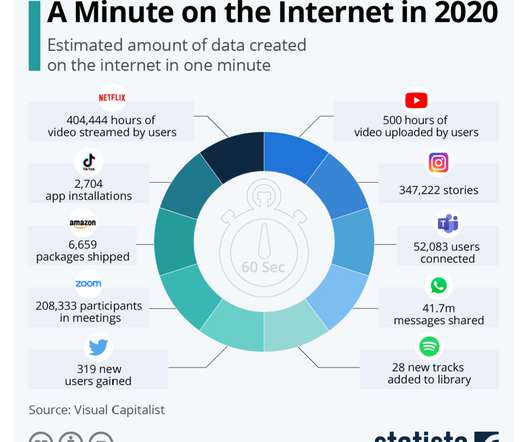How to Perform a Content Migration - Your Checklist for Success
AIIM
DECEMBER 19, 2019
Technical Specialists: A migration could require technical support for the movement of data and questions about implementation and data structures. Or is much of it redundant, outdated or obsolete, or trivial (ROT)? This is especially important when dealing with personal data or other sensitive types of information.













Let's personalize your content